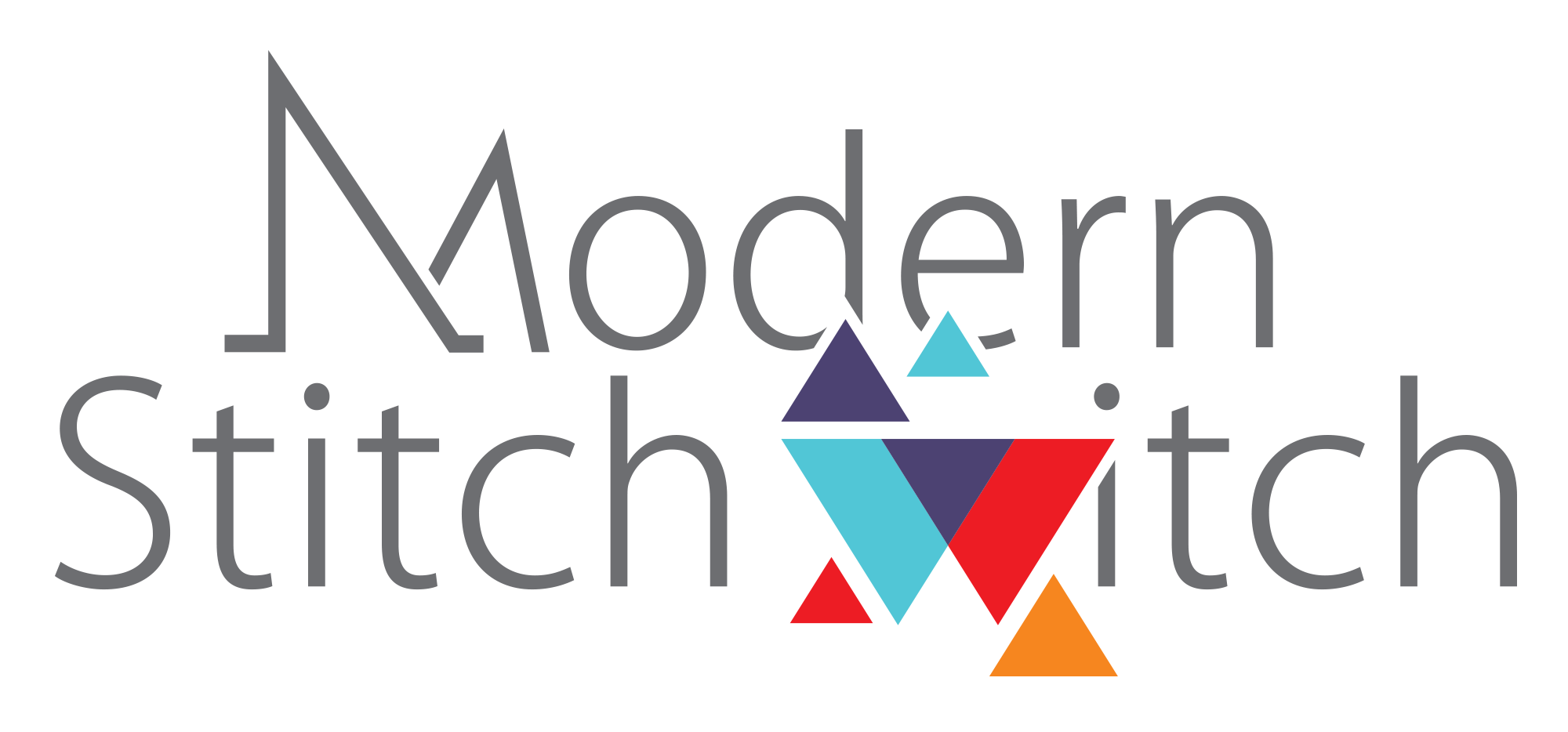Color Galore
I recently returned from QuiltCon 2020 in Austin, Texas; four days of immersion in modern quilts. Walking through the exhibition, attending lectures and workshops, and roaming the vendor floor put my brain into overdrive. An explosion of color everywhere, and so many impressions and experiences to process. My first visit to this annual event was already quite overwhelming, which was reinforced by having one of my own quilts (“Extraterrestrial”) displayed in the exhibition. I was proud and humbled to find my work in the company of so many beautiful quilts, made by incredibly talented quilt artists. And I was so inspired by all the work on display, the lectures, workshops and the individual discussions with likeminded people. I felt privileged to meet some modern quilt celebrities like Jacquie Gering and Victoria Findlay Wolfe, and many other quilters I follow on Instagram and whose work I admire. I felt I had found my tribe, and I enjoyed every minute of it. Exhausted upon return, it took me a while to find my groove again. I seem to have spent a whole week with mundane activities and chores while my brain was still processing it all. This week I finally found the stimulation to start designing and sewing, and sit down and write.
I love color, especially bright and saturated colors, and I’m typically drawn to using these when making quilts. I’m not a fan of a muted color palette, but I’ve also realized that I’m limiting myself by repeated use of very specific colors I like. I had done some limited experiments with using colors I normally wouldn’t pick, and after some initial hesitation I generally embraced the results. So I want to challenge myself further to do more of that. At QuiltCon I attended several lectures on color in general and the use of color in design, and I took a ton of notes to refer back to once the whole experience has settled in a bit.
I don’t care much about the rules of the color wheel and what colors to use together for a pleasing palette. I think every color can find a good match from across the color spectrum, and I like breaking rules anyway - no quilting police here! In the past I’ve dipped into traditional color theory to get a basic understanding, but I’ve also quickly dismissed some of the rules in favor of my gut feeling. But I did find a great resource to study colors a bit differently in Josef Albers’ book “Interaction of Color”. Written in 1963 but still widely used and very relevant. The book is all about how we see color, and how colors interact with each other.
I’m fascinated by the phenomenon of simultaneous contrast, a term I first learned when reading about the fabulous and colorful works of Sonia Delaunay, but which is also covered extensively in this book. It means that to our eye the same color can look very different depending on the colors around it, and I’ve started to experiment with that using (what else!) fabric and quilt design. More to come on that!
Call it a bit of OCD, but I have a knack for sorting everything by color. This extends to my wardrobe, kitchenware, sheets and towels, even occasionally a bag of M&M’s (I know!), and yes, of course also my fabrics, both in solids and prints, fat quarters and my scrap bins. I would typically sort colors intuitively by hue; reds with reds, blues with blues, etc., or simply grouped by warm and cool colors, but not pay much attention to value. Going through some of the exercises in Josef Albers’ book is not only raising my game on sorting my fabrics (much harder to sort that way, but so much more fun!), but it’s teaching me to recognize values across different hues. I had previously used b&w pictures of a fabric selection as a way to ensure balance in my color palette, and this works totally fine. But Josef Albers teaches that b&w photography is limiting the range of values, that darks appear darker and lights appear lighter, and we risk losing the nuances of some of the middle greys entirely. He promotes the use of our eyes as much more accurate, and being the color nerd I am I want to learn more about that. Using some of the techniques described in the book to determine higher or lower value, I adopted a totally different sorting method for my solid fabrics. It confirmed what apparently is quite common, that I have more medium values, and only very few high/dark values. Not that I needed an excuse to buy more fabric but of course I won’t hesitate to convince myself I do! After all I am a total newbie when it comes to the size of my stash. I’m sure some of the books on the shelves will soon need to make way for more fabric!
I will continue to experiment with the teachings of Josef Albers in fabric and quilt designs, and hope that over time I will develop a level of expertise in color that I can currently only aspire to. I remain fascinated by color, now even more than ever.
Thank you for reading and have a colorful day!


